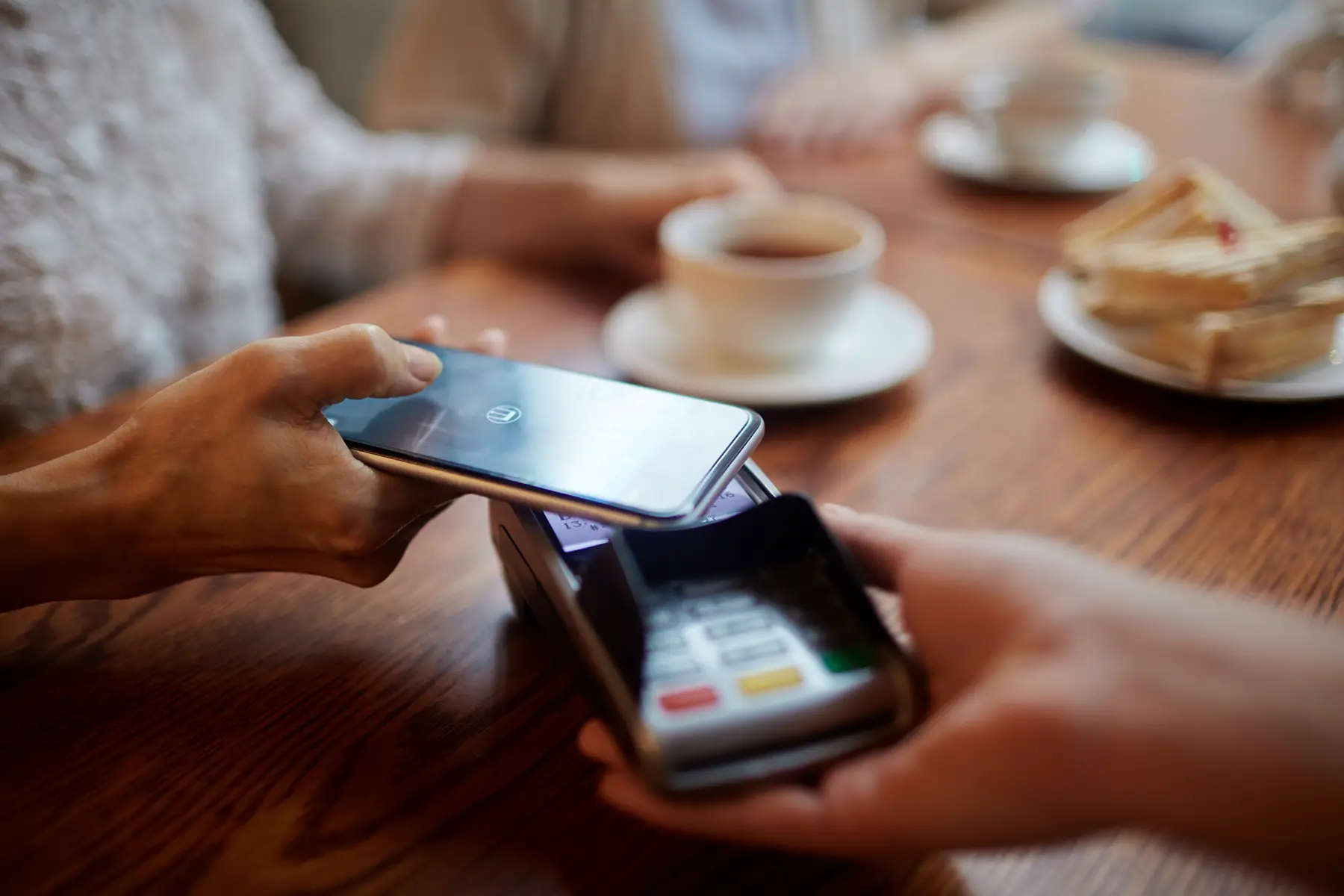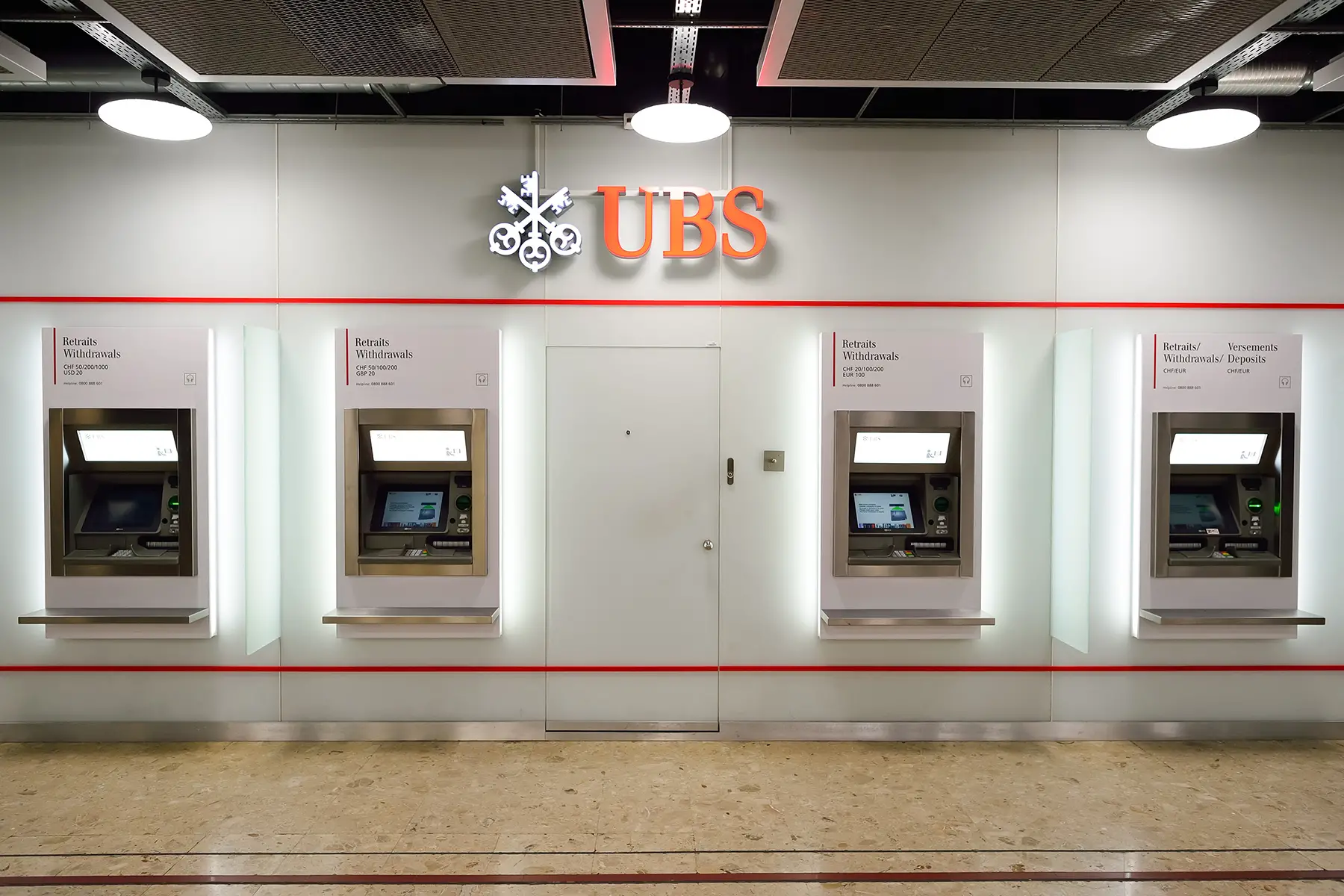Switzerland is one of the world’s most powerful financial centers, renowned for its strong banking sector. With customers moving towards digital banking, most Swiss banks now offer a range of online services that you can access through smartphone apps. In addition to this, there has been an emergence of a number of mobile-only banks.
This guide to mobile banking in Switzerland covers the following topics:
CurrencyFair
If you’re moving money abroad, check out CurrencyFair. This well-known peer-to-peer currency exchange platform provides competitive rates, low fees, and transparent transactions. Experience efficient, cost-effective international transfers by joining CurrencyFair today.
Mobile banking in Switzerland
Mobile banking in Switzerland consists of banking apps available through traditional Swiss banks as well as the emergence of newer mobile-only challenger banks. Both types have risen in popularity in recent years. The big retail banks in Switzerland now offer mobile banking and payment services, while several mobile banks now operate in the country.
Switzerland has been quick on the uptake of digital banking. According to 2019 European statistics, 73% of Swiss residents use online banking compared to an EU average of 55%. Mobile banking in Switzerland is not quite as popular but is picking up the pace with 43% of adults using mobile devices for their banking activities. This increases to 65% among young adults aged 18-25.
Although mobile banking doesn’t offer quite the same range of services as traditional banking (yet), it has a number of advantages. Mobile banking is typically a cheaper and more convenient way of managing finances, offering 24/7 access all at the touch of a button on your smartphone. It also offers user-friendly newer features, such as biometric security, and is a greener form of banking as it’s mostly paperless.
According to a 2020 Capco Digital Switzerland report, Swiss mobile-only banks score top in terms of usability. Traditional Swiss banks don’t provide quite the same level of user experience, however, they are better than other European banks in terms of mobile payment functionality and personal finance management coverage.
Mobile banking apps in Switzerland
Banks with mobile banking apps in Switzerland
Many Swiss retail banks offer mobile banking apps that you can download to your smartphone or smart device. These include:
- Credit Suisse
- Migros Bank AG
- PostFinance
- Raffeisen
- UBS
Mobile banking app features in Switzerland
Swiss banks offer broadly the same key features through their mobile apps, although each bank will look to provide one or two new features or a new twist on a common feature. For this reason, it’s always worth shopping around and assessing the different offers. Main features include:
- Secure mobile payments so that you can transfer money to friends or pay bills with ease. Some apps allow you to pay simply by scanning invoices or payment slips.
- Budgeting tools allowing you to plan your monthly income and expenditure, including functions such as changing the daily spend limits on cards or mobile devices.
- Investment tools so that you can keep track of global markets, manage portfolios and even buy shares.
- Easy money transfers across Europe through SEPA.
- Tracking notifications to your smartphone when your account or cards have been debited or credited, making it easier to keep control of your finances.
- 24/7 easy access to your finances.

However, not all banking features are included within banking apps. At present, borrowing options are limited and it’s not possible to transfer funds to foreign currency accounts without paying hefty fees. Account types are also limited. Mobile banking is mostly restricted to current accounts, although larger banks such as Credit Suisse and UBS now offer mobile business banking.
How to use a mobile banking app in Switzerland
Using Swiss banking apps is relatively straightforward. If you have an account with the bank already, you will usually just need to download the app to your smart device. You can normally find the app on the bank’s website or through an app provider such as App Store or Google Play.
Once you have done this, you will get an authorization or activation code before setting up your app profile using the personal information already linked to your account. Finally you’ll need to set up your security, for example password protection or fingerprint ID.
If you don’t have an account with the bank, you’ll normally need to go through the standard process of opening a regular account first and providing personal documentation such as valid ID and proof of address.
Mobile banking app fees in Switzerland
If you manage your finances through your bank’s mobile app, you will typically still pay whatever fees you normally pay every month, quarter or year. However, you may be able to save money by using mobile payments and money transfers or lower your admin fees by switching to paperless e-statements and e-notifications.
Although mobile banking apps generally offer international money transfers, several platforms offer low-fee options that can save you money when sending money to another country. These include:
You can check typical banking fees in our Swiss banking guide. Also, see moneyland.ch to compare current Swiss account offers.
Mobile banks in Switzerland
Features of mobile banks in Switzerland
Mobile-only banks differ from traditional banks in that they operate purely through the banking app rather than being a bank with a physical presence on the high street that has a mobile app as an option. The features that mobile banks offer are similar in many ways to traditional banking apps, such as mobile payments, 24/7 account access, and budgeting/investment tools.
However, these features may differ slightly from other banking apps, for example, more extensive mobile payment and money transfer options. Additionally, mobile banks often have additional features such as:
- Multi-currency transfer options, allowing you to send funds from one country’s currency to another for a low cost.
- Easier account opening processes. Whereas with a traditional bank you still typically need to open an account at a branch, you can open a mobile bank account from anywhere on your smartphone in minutes by submitting personal information and photographed documentation.
- Access to financial advice through social media such as WhatsApp, Facebook, and Twitter.
- Options to create sub-accounts to make saving and budgeting easier.
- Different account plans ranging from basic current accounts to advanced saver accounts.
Although these accounts offer innovative features, they do have limitations. They don’t have the same breadth of services as traditional banks, with loans, insurance, mortgages, and pensions less likely to be available. Furthermore, they are reliant on a solid Wi-Fi connection. This could be a problem if you live in a rural area, although there is generally good internet coverage in Switzerland.
Mobile banks in Switzerland
Mobile banks that operate in Switzerland include:
How to open a mobile bank account in Switzerland
You can typically open an account with a mobile bank in Switzerland if you have a smartphone or smart device. You will also need to be a resident of Switzerland or another country that the bank operates in. Some mobile banks may also have other criteria, for example being aged 18 or above.

The big advantage of opening a mobile bank account is that you can do it from anywhere in the world with an internet connection. It only takes a few minutes. The process typically involves:
- Downloading the mobile banking app onto your smartphone
- Setting up your account using personal information such as your name, address, email address and mobile number.
- Confirming your identity by scanning photographs of ID and proof of address.
- Setting up security measures on your account, such as password, fingerprint ID or voice recognition.
Mobile bank fees in Switzerland
Mobile banks can operate at less of a cost than traditional banks as they have fewer overheads. This enables them to offer many services to customers either free or low-cost.
Basic current accounts are usually free to open and have no monthly general running costs. More advanced plans with extra features can be up to around €15 a month. You will usually get free mobile payments and ATM withdrawals although these are often limited to a certain amount per month. International money transfers range from free to around €3 per transaction. Costs of features such as loans and overdrafts tend to vary between providers where available but are broadly similar to those of standard Swiss banks. It is always a good idea to compare prices for mobile banks in Switzerland.
Mobile payments in Switzerland
Similar to mobile banking, mobile payments (paying for goods and services using a smart device such as a phone or watch) are growing in popularity in Switzerland. This is unsurprising as mobile payments are a key feature of mobile bank accounts.

According to recent data, around 40% of Swiss residents are signed up to a mobile payment service. As with mobile banks, mobile payment services come in the form of an app that you install on your phone and link to your bank account. You can then settle bills or send money to other accounts by contactless payments using Near Field Communication (NFC) or by QR code scanning. Mobile payments sometimes also involve mobile wallets where you can store money transferred from your bank account or, vice versa, transfer from wallet to bank account.
According to the 2020 Swiss Payments Survey, the Swiss provider Twint is the most popular mobile payment service in Switzerland, with 43% of consumers viewing it as the most important form of payment. Other popular forms of mobile payment in Switzerland are Apple Pay, Google Pay, Samsung Pay, Swatch Pay, PayPal, and Garmin.
Mobile banking security in Switzerland
Switzerland has some of the highest levels of banking security anywhere in the world. Nevertheless, public concern about security risks remains high and it pays to be vigilant to protect against fraudsters and hackers.
Despite some public concerns, mobile banking is actually one of the most secure ways of managing finances. Mobile accounts in Switzerland offer high encryption, sophisticated security protection such as biometric ID capabilities, instant transaction notifications, auto disconnect features and instant blocking of lost or stolen cards. Additionally, banks with a European banking license will pay compensation up to €100,000 in the event of money lost due to fraud.
To help protect your mobile banking in Switzerland, make sure you:
- Use a high-strength password or, even better, biometric ID security such as fingerprint, voice or face recognition
- Avoid using public networks when you log into your account
- Log out of your account as soon as you’ve finished banking
- Don’t ever reply to an email, text or phone call asking for sensitive personal information
- Only ever link your mobile bank accounts and payment services with one smart device
Useful resources
- Swiss National Bank – the central bank of Switzerland
- Financial Market Service Authority – regulating body for Swiss financial service providers
- moneyland.ch – platform with information and comparison tools on a range of Swiss financial services






